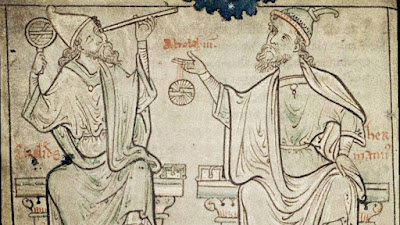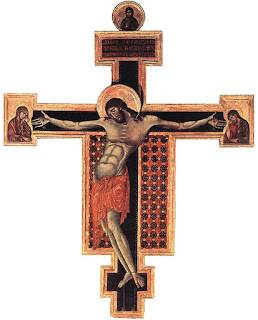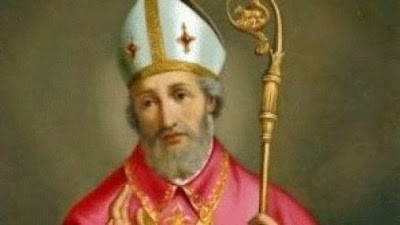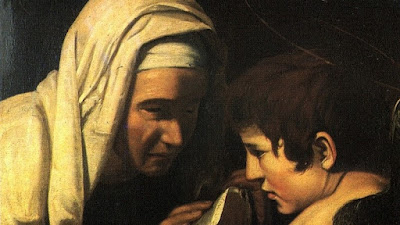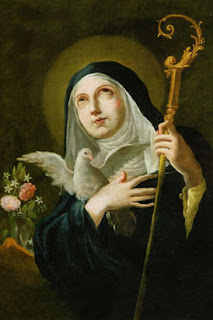St. John Ogilvie, Scottish Priest and Martyr

Feast Day - March 10th (Scotland) March 11th, is the feast of Saint John Ogilvie (1579 – 1615), born in 1579, at Drum, Scotland. Walter Ogilvie was a Scottish noble who raised his son John in the state religion of Scotland, Calvinism. The Ogilvie family was partly Catholic and partly Presbyterian. John eventually converted to Catholicism at the age of 17 in Louvain, Belgium. He initially studied with the Benedictines, but joined the Jesuits in 1597, and was ordained in Paris in 1610. He was then sent to Rouen. Two French Jesuit missionaries returning from Scotland told him of the blatant persecution of Catholics there. He repeatedly requested assignment to Scotland where wholesale massacres of Catholics had taken place, but by this point the oppressors were searching more for priests than for those who attended Mass. The Jesuits were determined to minister to the oppressed Catholic laity. When captured, they were tortured for information, then hanged, drawn, and brutally q

